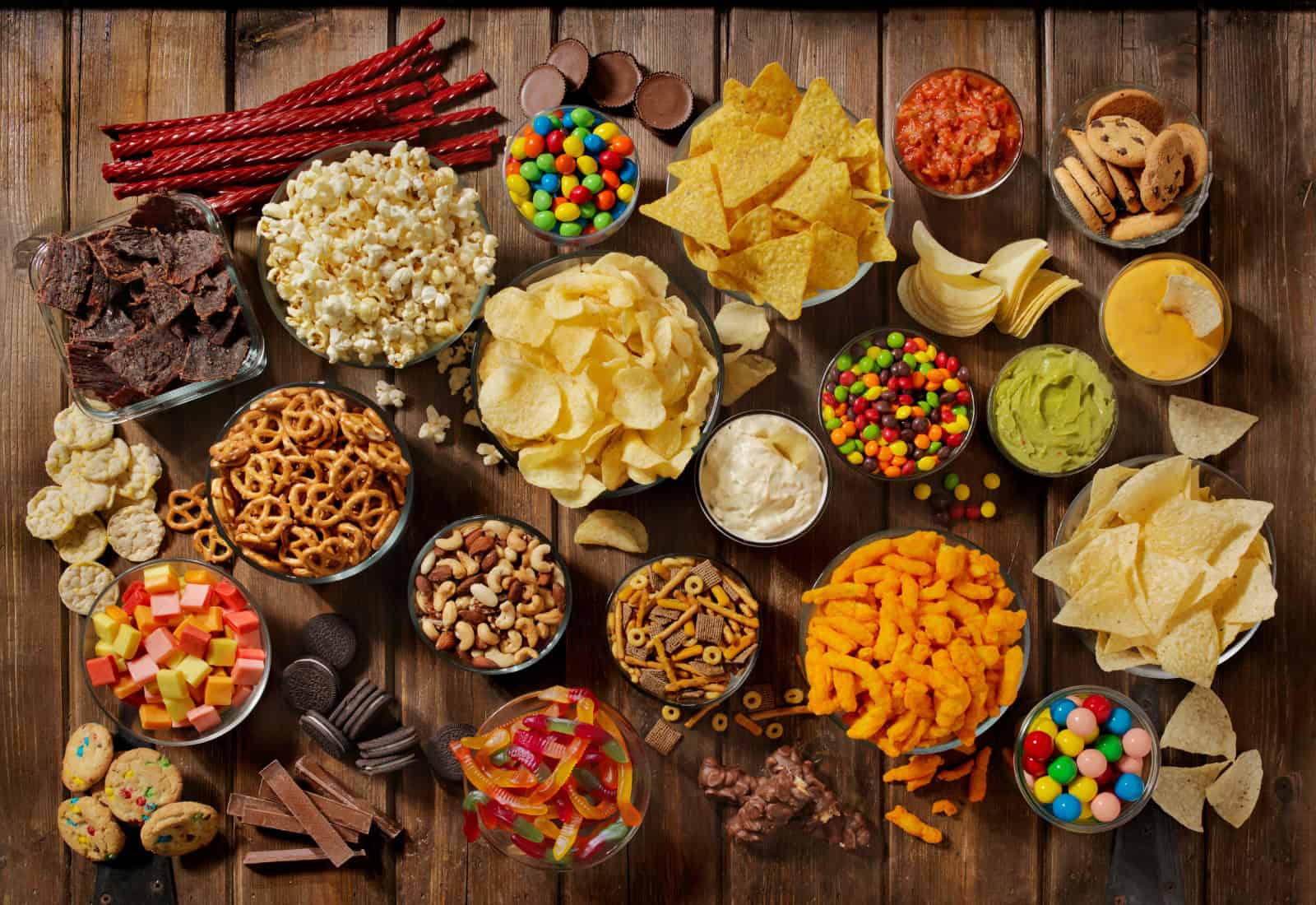
©LauriPatterson via Canva.com
Have Food Treats Become an Affordable Luxury?
At the Specialty Food Association’s recent Summer Fancy Food Show, Whole Foods’ CEO Jason Buechel promoted “little luxuries” as the next big food trend as the category appears to be benefiting or leading the “lipstick index” phenomenon.
First coined by Estée Lauder’s chair, Leonard Lauder, in the downturn in 2001, the lipstick index is an economic theory that when economic times are tough, people tend to choose affordable luxuries — like cosmetics — to treat themselves. The purchases are said to be driven by their relative affordability and the consumer’s desire for escapism. The index is often used to predict a recession.
Lately, research is showing food landing high among splurge purchases.
Deloitte research from last year found the most popular category for splurging is not cosmetics but food and beverage. Deloitte said, “Globally, consumers are almost three times more likely — and four times more likely in the United States — to say their recent splurge purchase was food and beverage compared to personal care.”
A global survey taken by McKinsey in February found groceries to be the “new biggest splurge category,” with 37% of respondents indicating they expected to splurge on food in the next three months, besting restaurants (36%) and travel (33%).
In a study last year based on a survey, Acosta Group determined snacks and candy should be “considered accessible luxuries” and recommended retailers “create promotional pricing strategies that encourage impulse buys, reassuring shoppers that it’s okay to treat themselves.”
Buechel said the “little luxuries” food trend, citing Petit Pot’s organic puddings in small glass containers as an example, shows consumers are “still trying to enjoy something” while watching their budgets.
Whole Foods had already identified “little luxuries” among its top 10 food trends for 2024 that’s partly driven by social media.
“TikTok creators have brought ‘Little Treat Culture’ into the zeitgeist, and we’re on board,” the grocer wrote in the report. “We know firsthand the power of a treat, like an impulse macaron buy or a fizzy, functional and flavor-forward bev. Brands are getting in on the trend by considering both cost and format — like individual serving packages that add joy without breaking a budget.”
The report continued: “Whether it’s a daily ritual like having a milk tea on your commute home or a spontaneous reward like a bath bomb in your grocery cart, get ready to make room for those little luxuries.”
Food & Wine noted earlier this year that snack companies are “cashing in on ‘little treat culture’” by introducing smaller, one- or two-serving-size packages that consumers can buy for a small indulgence.
In a column for Salon, food editor Ashlie Stevens wrote that Whole Foods’ “little luxuries” trend builds on the “little treat economy” she’s been following in recent years. She noted that some see the popularity of treating themselves as a way to cope with pandemic-related stress, while others see pampered Gen Zers seeking a respite from the anxieties of adulthood. She wrote, “A little treat is exactly what it sounds like — a small luxury, typically under $15, that serves as either a reward or a consolation prize for maneuvering through the trials and tribulations of simply existing in contemporary society.”
Discussion Questions
Do you see splurging on “little luxuries” as a strong food trend?
Can certain snacks and food treats be positioned as an “affordable luxury” similar to lipstick in more challenging economic periods?
How should retailers take advantage of the trend?
